Monday, June 21, 2010
Alice Sneaks Up on Us - Again.
Alice Munro’s latest collection of short stories, Too Much Happiness, is uneven. The story called Face is a masterpiece while the title story wanders around like a very slow ball in a pinball game.
That does not mean it is a bad story. I do not think Alice, who has been referred to as “the greatest living short story writer,” is able to write a bad story. It’s just that some of her stories are not masterpieces. Alice’s mediocre work is a thousand times better than my best story.
It surprises me that John Metcalf, the Canadian critic who dislikes plots and fulminates against “plot stories” loves Alice. Alice is a master of plots. She creates plots within plots so entwined that it is difficult to relate the story to someone else. Read The Albanian Virgin for example and then try to tell someone the plot. Or try it with Wenlock Edge, Dimension, Menesetung or Fiction, or the title story in her book, Hateship, Friendship, Courtship, Loveship, Marriage or any of a hundred others.
Alice’s plots sneak up on us. They thrust us into the story and only later do we see how skilfully we have been led. Her plots are just terrific, so there!
Alice has a reputation of being a rural writer, a sort of down home Laura Ingalls Wilder. So wrong. A lot of chicanery, crime and sexual shenanigans appear in Alice’s stories: murders past and present, adultery, mutilation, horrible family secrets. A crime is often committed off stage and the survivors pick up the pieces. Sometimes the crime is merely hinted at so that the reader has to figure out what actually happened. Some of her stories can be downright creepy as in Wenlock Edge in the latest collection. In this story, an older man talks a young woman into reading poetry to him but insists she do it naked.
Alice’s stories are long. They often ramble with preambles and prologues. She takes her time. She tells us everything. She always tells us what the characters looks like, perhaps not a complete description but a few pertinent details. Here is Cousin Ernie in Wenlock Edge. “He was a tall florid man with a good natured expression, a big square face and fair curly hair springing straight up from his forehead. His hands, his fingernails were as clean as soap, and his hips were a little plump.” The last detail raises the attention level expertly like a finger snap in a quiet room.
If Alice’s plots may sometimes be deliberately puzzling, her details are fulsome. If the characters are sitting down to dinner, she will tell you what they eat. In the story Too Much Happiness, she takes four paragraphs to describe the furniture. She tells us what the narrator, often a young woman, thinks and feels at every step.
Her endings can stray about. She will often throw in what happened several years later. She sometimes has her narrator sum up all the characters’ lives. Or she may branch out on a different plot altogether. In the marvellous story, Floating Bridge, the protagonist rides off with a young waiter while her husband is visiting inside a rural home. The two arrive at a floating bridge and the story takes another turn. You realize Alice plays with your brain but you don’t care.
She spends a lot of ink talking about work. Modern fiction often produces characters with no mention of livelihood. They obviously live on air. But Alice not only tells where her characters work but also takes us to the workshop or the library or the office and describes what is happening there. The story Wood in the recent collection is about a wood worker and his search for suitable trees. We learn a lot, but in this case, perhaps too much, about his trade.
Alice’s detractors, who exist but are few, accuse her of clunky dialogue. What! The dialogue, in the story Deep -Holes, between a mother and her mentally ill son who she has not seen for several years, made this apprentice writer grind her teeth in admiration and envy. Then one goes back and reads it again and tries not to weep. Her dialogue is so realistic it burns. She must spend all her time wandering around the city eavesdropping on people and writing it all down. I imagine her clandestinely scribbling in coffee shops. Her ears must be the size of an elephant’s.
Alice has sometimes been called a feminist writer. I would not characterize her as such. A lot of her women are droops. In Floating Bridge, the wimpy wife tries to run away from home but gets no further than the local bus stop. On the other hand, Joanna, the unmarried and plain-looking housekeeper in Hateship, Friendship,Courtship, Loveship, Marriage, picks up her courage, ships the furniture, buys new clothes and heads out to find the man whom she believes loves her. When she finds him, she takes over and manages him to her own advantage. Many of the female secondary characters have the morals of newts. Even her young, female narrators can turn out to be insensitive blunderers as in the story Family Furnishings. As a feminist, I believe women and men are equal but I do not believe that women are angels. In Alice’s fiction, so close to real life as it is, the women are a varied lot.
Alice breaks most of the rules of “good writing” as set out at writers’ schools and workshops.
For example:
1) Never use back-story. Alice says pff. Does she know that a lot of writing experts hate it? Does she care? I think not. Alice has been known to throw several back stories into one story. She might give a back story for more than one character. She can pull off a back-story within a back-story. Take a look at one her greatest stories, Menesetung and we feel time shifting beneath our feet as we move from past to present. How Alice is able to effortlessly shift around in time is one of the great mysteries of modern fiction. Sometimes, you have to read very closely to see how she does it, often with a single word.
2) Start with the action. Alice says pff to that. In the story The Bear Went Over the Mountain, she starts with a long bit of back-story about the childhood of the female protagonist. Why did she do that? I’m not quite sure but it was an interesting bit just the same. Alice will give you historical back ground and take several paragraphs to do it. You’ll get to the action eventually, but you’ll have to ride the bus to get there.
3) Show, don’t tell. Another pff. If Alice wants to produce a setting she tells you about it. She may throw in a bit of social history at the same time. In the story called Fiction, the narrator drives home from work musing on the new fad for patio doors. The drive itself is described in a series of interesting details. The “show, don’t tell” acolytes cross out descriptions of the natural world or discussions of the character’s inner feelings. They want inner states to be acted out. Alice just tells us what the character feels.
4) Don’t use brackets. A red pencil no-no with some editors. (Alice uses lots.)
5) Don’t start a story with dialogue. Alice never read this rule.
6) Don’t start sentences with “there is” or “it was” etc. The red pencil will take the sentence, “There was a light shining in the window,” and change it to “A light was shining in the window.” Pff. Alice often starts sentences with “there is” and has been known to put a couple more of the same construction in the same paragraph.
7) Try not to repeat the same word in the same paragraph. Another rule Alice breaks often. Her language is simple and clear and if she has to use a word twice, she’ll do it. I believe she will accept repetition rather than sacrifice her lacy easy-going style or the rhythm of her sentences.
8) The author should not break in with her own asides. Keep the POV the red pencil crowd cry. They may refer to Trollop or Victorian novelists if they have read any. But Alice, not often, but enough times to remark upon, will toss in bits of off-the-wall stuff. In The Bear Went Over the Mountain, the author says, “At one time there was a sexual frenzy and no one from 16 – 60 was immune. Then it stopped, presumably done in by the feminists but I think AIDS.” My view is that Alice has a big notebook with lots of interesting stuff which she likes to slip in if she gets a chance.
9) Don’t use “ing” verbs. Another pff. The marking pencil will attack this sentence. “At first people were phoning to make sure she was all right” and change it to “At first people phoned to make sure she was all right.” The first version is the opening line of a great story Free Radicals, a story which involves a house invasion and a lot more. Why do some people dislike gerunds? What have gerunds done to attract such enmity? I do not know. But I think there is a subtle difference in meaning between the two versions and I think Alice would agree.
Is Alice Munro my favourite short story writer? She is in the top cluster along with Margaret Atwood, Salman Rushdie, Alistair McLeod, Lynn Cody, Grace Paley, Raymond Carver, Bonnie Burnard, Anton Chekov, Katherine Mansfield, William Trevor, Doris Lessing, Hugh Hood, Ernest Hemmingway and on and on. But there are no doubt many wonderful stories I have not read yet and many more favourites to find.
That does not mean it is a bad story. I do not think Alice, who has been referred to as “the greatest living short story writer,” is able to write a bad story. It’s just that some of her stories are not masterpieces. Alice’s mediocre work is a thousand times better than my best story.
It surprises me that John Metcalf, the Canadian critic who dislikes plots and fulminates against “plot stories” loves Alice. Alice is a master of plots. She creates plots within plots so entwined that it is difficult to relate the story to someone else. Read The Albanian Virgin for example and then try to tell someone the plot. Or try it with Wenlock Edge, Dimension, Menesetung or Fiction, or the title story in her book, Hateship, Friendship, Courtship, Loveship, Marriage or any of a hundred others.
Alice’s plots sneak up on us. They thrust us into the story and only later do we see how skilfully we have been led. Her plots are just terrific, so there!
Alice has a reputation of being a rural writer, a sort of down home Laura Ingalls Wilder. So wrong. A lot of chicanery, crime and sexual shenanigans appear in Alice’s stories: murders past and present, adultery, mutilation, horrible family secrets. A crime is often committed off stage and the survivors pick up the pieces. Sometimes the crime is merely hinted at so that the reader has to figure out what actually happened. Some of her stories can be downright creepy as in Wenlock Edge in the latest collection. In this story, an older man talks a young woman into reading poetry to him but insists she do it naked.
Alice’s stories are long. They often ramble with preambles and prologues. She takes her time. She tells us everything. She always tells us what the characters looks like, perhaps not a complete description but a few pertinent details. Here is Cousin Ernie in Wenlock Edge. “He was a tall florid man with a good natured expression, a big square face and fair curly hair springing straight up from his forehead. His hands, his fingernails were as clean as soap, and his hips were a little plump.” The last detail raises the attention level expertly like a finger snap in a quiet room.
If Alice’s plots may sometimes be deliberately puzzling, her details are fulsome. If the characters are sitting down to dinner, she will tell you what they eat. In the story Too Much Happiness, she takes four paragraphs to describe the furniture. She tells us what the narrator, often a young woman, thinks and feels at every step.
Her endings can stray about. She will often throw in what happened several years later. She sometimes has her narrator sum up all the characters’ lives. Or she may branch out on a different plot altogether. In the marvellous story, Floating Bridge, the protagonist rides off with a young waiter while her husband is visiting inside a rural home. The two arrive at a floating bridge and the story takes another turn. You realize Alice plays with your brain but you don’t care.
She spends a lot of ink talking about work. Modern fiction often produces characters with no mention of livelihood. They obviously live on air. But Alice not only tells where her characters work but also takes us to the workshop or the library or the office and describes what is happening there. The story Wood in the recent collection is about a wood worker and his search for suitable trees. We learn a lot, but in this case, perhaps too much, about his trade.
Alice’s detractors, who exist but are few, accuse her of clunky dialogue. What! The dialogue, in the story Deep -Holes, between a mother and her mentally ill son who she has not seen for several years, made this apprentice writer grind her teeth in admiration and envy. Then one goes back and reads it again and tries not to weep. Her dialogue is so realistic it burns. She must spend all her time wandering around the city eavesdropping on people and writing it all down. I imagine her clandestinely scribbling in coffee shops. Her ears must be the size of an elephant’s.
Alice has sometimes been called a feminist writer. I would not characterize her as such. A lot of her women are droops. In Floating Bridge, the wimpy wife tries to run away from home but gets no further than the local bus stop. On the other hand, Joanna, the unmarried and plain-looking housekeeper in Hateship, Friendship,Courtship, Loveship, Marriage, picks up her courage, ships the furniture, buys new clothes and heads out to find the man whom she believes loves her. When she finds him, she takes over and manages him to her own advantage. Many of the female secondary characters have the morals of newts. Even her young, female narrators can turn out to be insensitive blunderers as in the story Family Furnishings. As a feminist, I believe women and men are equal but I do not believe that women are angels. In Alice’s fiction, so close to real life as it is, the women are a varied lot.
Alice breaks most of the rules of “good writing” as set out at writers’ schools and workshops.
For example:
1) Never use back-story. Alice says pff. Does she know that a lot of writing experts hate it? Does she care? I think not. Alice has been known to throw several back stories into one story. She might give a back story for more than one character. She can pull off a back-story within a back-story. Take a look at one her greatest stories, Menesetung and we feel time shifting beneath our feet as we move from past to present. How Alice is able to effortlessly shift around in time is one of the great mysteries of modern fiction. Sometimes, you have to read very closely to see how she does it, often with a single word.
2) Start with the action. Alice says pff to that. In the story The Bear Went Over the Mountain, she starts with a long bit of back-story about the childhood of the female protagonist. Why did she do that? I’m not quite sure but it was an interesting bit just the same. Alice will give you historical back ground and take several paragraphs to do it. You’ll get to the action eventually, but you’ll have to ride the bus to get there.
3) Show, don’t tell. Another pff. If Alice wants to produce a setting she tells you about it. She may throw in a bit of social history at the same time. In the story called Fiction, the narrator drives home from work musing on the new fad for patio doors. The drive itself is described in a series of interesting details. The “show, don’t tell” acolytes cross out descriptions of the natural world or discussions of the character’s inner feelings. They want inner states to be acted out. Alice just tells us what the character feels.
4) Don’t use brackets. A red pencil no-no with some editors. (Alice uses lots.)
5) Don’t start a story with dialogue. Alice never read this rule.
6) Don’t start sentences with “there is” or “it was” etc. The red pencil will take the sentence, “There was a light shining in the window,” and change it to “A light was shining in the window.” Pff. Alice often starts sentences with “there is” and has been known to put a couple more of the same construction in the same paragraph.
7) Try not to repeat the same word in the same paragraph. Another rule Alice breaks often. Her language is simple and clear and if she has to use a word twice, she’ll do it. I believe she will accept repetition rather than sacrifice her lacy easy-going style or the rhythm of her sentences.
8) The author should not break in with her own asides. Keep the POV the red pencil crowd cry. They may refer to Trollop or Victorian novelists if they have read any. But Alice, not often, but enough times to remark upon, will toss in bits of off-the-wall stuff. In The Bear Went Over the Mountain, the author says, “At one time there was a sexual frenzy and no one from 16 – 60 was immune. Then it stopped, presumably done in by the feminists but I think AIDS.” My view is that Alice has a big notebook with lots of interesting stuff which she likes to slip in if she gets a chance.
9) Don’t use “ing” verbs. Another pff. The marking pencil will attack this sentence. “At first people were phoning to make sure she was all right” and change it to “At first people phoned to make sure she was all right.” The first version is the opening line of a great story Free Radicals, a story which involves a house invasion and a lot more. Why do some people dislike gerunds? What have gerunds done to attract such enmity? I do not know. But I think there is a subtle difference in meaning between the two versions and I think Alice would agree.
Is Alice Munro my favourite short story writer? She is in the top cluster along with Margaret Atwood, Salman Rushdie, Alistair McLeod, Lynn Cody, Grace Paley, Raymond Carver, Bonnie Burnard, Anton Chekov, Katherine Mansfield, William Trevor, Doris Lessing, Hugh Hood, Ernest Hemmingway and on and on. But there are no doubt many wonderful stories I have not read yet and many more favourites to find.
Subscribe to:
Post Comments (Atom)
















































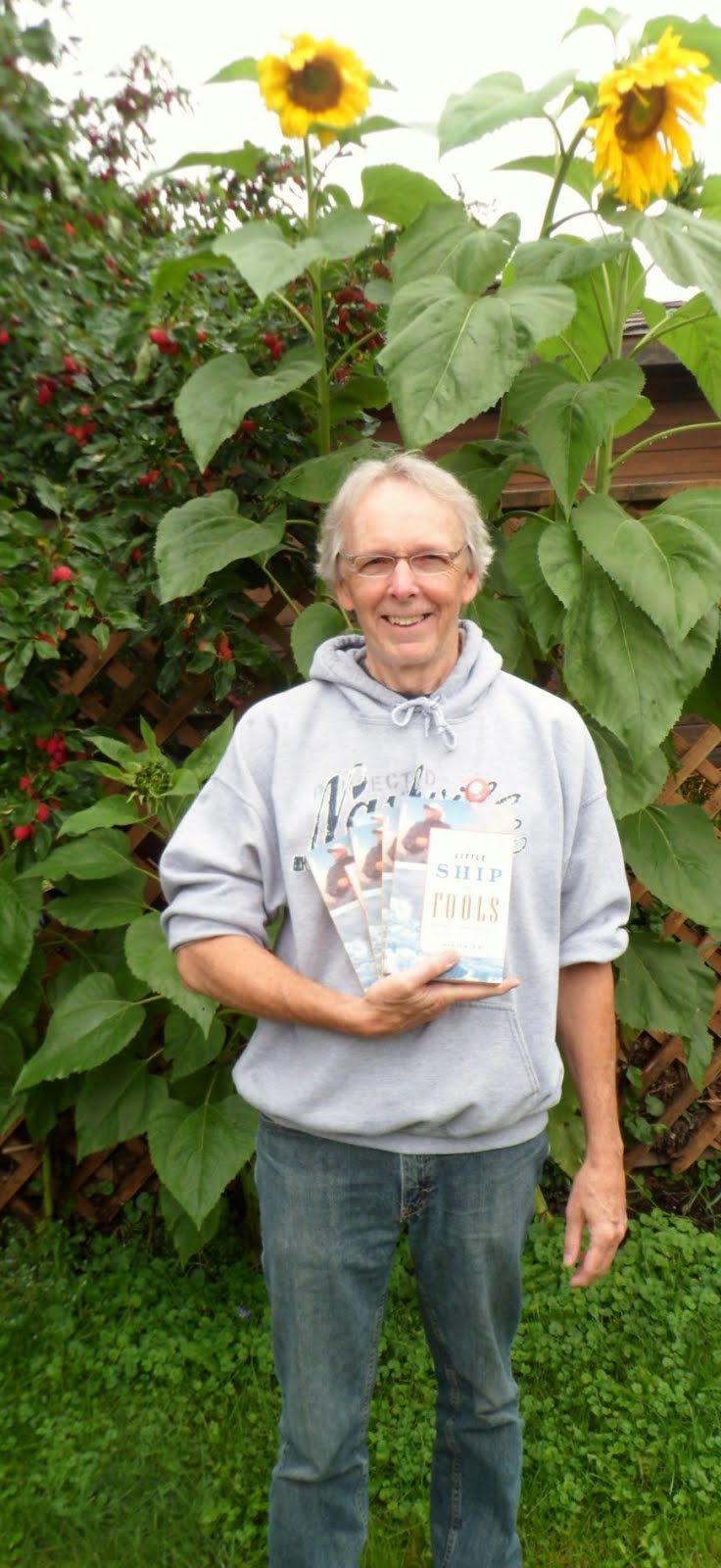





























































































































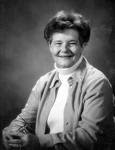


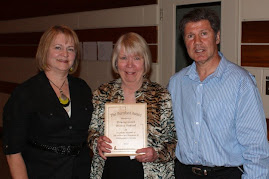









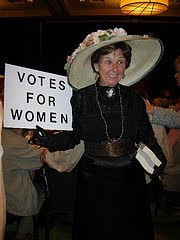
















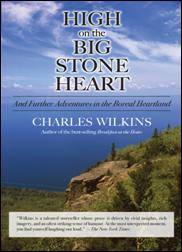





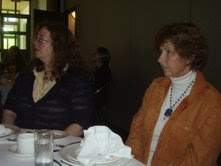






















































No comments:
Post a Comment